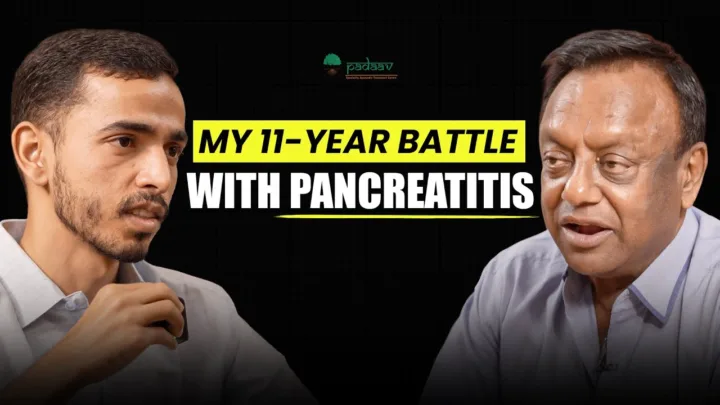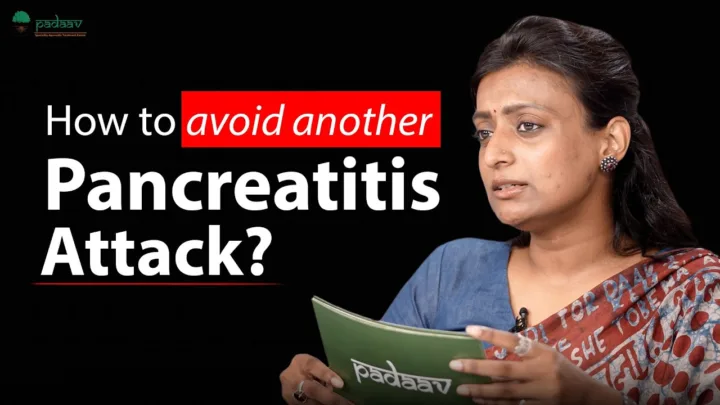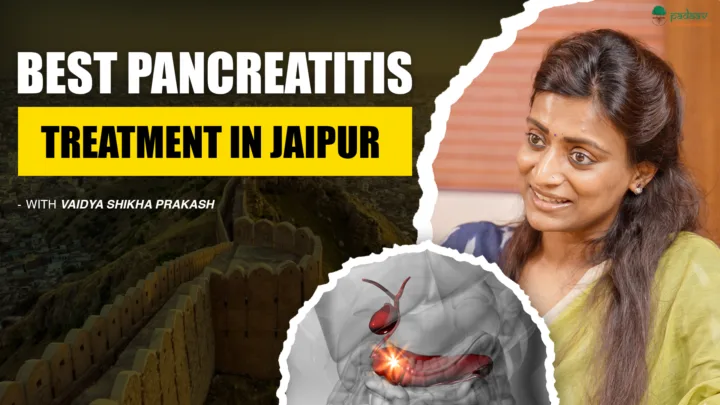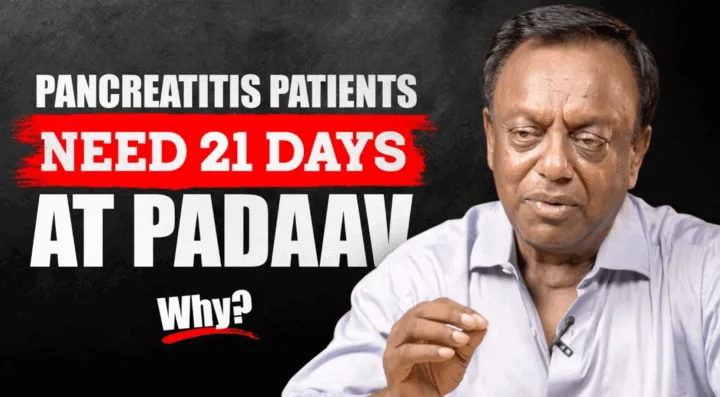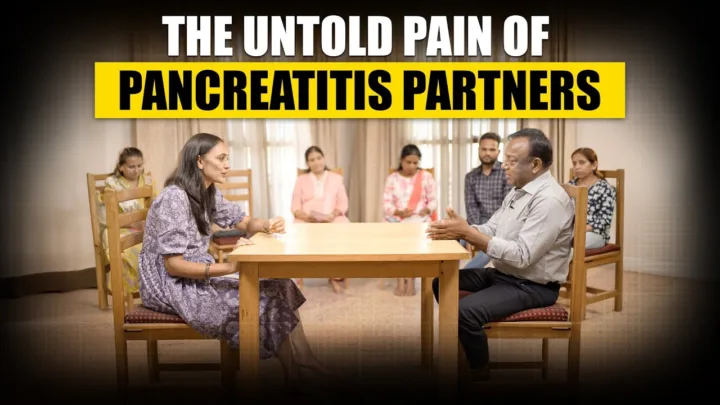Vaidya Balendu Prakash’s unwavering faith in Ayurveda is not based on miracles, but on the principles of science. He asks a profound question: how can toxic substances like copper, mercury, and sulfur give life to people on their deathbed? This is the story of ‘Amar,’ a unique Ayurvedic formulation that has its roots in a small room in Meerut and has grown to become a patented, government-approved medicine.
The Genesis of ‘Amar’
The story begins with Vaidya Prakash’s father, Vaidya Chandra Prakash, a man with a basic degree in Ayurveda but a deep devotion to his spiritual guru. While his father was adept at using rasa aushadhi (mercurial and mineral preparations), he was always driven by a desire to create something unique. Around the 1970s, he began an experiment with mercury, copper, and sulfur. While traditional texts like Rasarnava and Rasatarangini mentioned similar processes, his was a unique inspiration, born from his own curiosity and a quest to perfect the stabilization of mercury.
He would take purified mercury, dissolve copper in it, and then add sulfur to form a fine paste. He would then mix in the juices of two divine herbs, Devadali and Aparajita. The mixture was then subjected to a unique process called Nalika Damru Yantra where it was heated in a clay pot, carefully controlling the temperature so that the sulfur would burn off, but the mercury would remain bound to the copper.
This process was repeated over and over again, each time making the bond stronger. Vaidya Prakash recounts how his father worked tirelessly in a small, windowless room, heating the mixture with cow dung cakes, undeterred by the heat or mosquitoes. The process was painstakingly slow, taking nearly two years to complete.
A Name from a Yogi, A Miracle from God
One day, his father’s guru visited. Seeing the preparation, he exclaimed, “O Chandra Prakash, mercury is a poison, copper is a poison, and sulfur is a poison! But the mercury will consume the poison of the copper, and the sulfur will consume the poison of the mercury. This will become ‘Amar’ (immortal)!” It was from the mouth of a yogi that the medicine got its name.
The true test of ‘Amar’ came unexpectedly. A group of Sikh men arrived, carrying a dying patient with pancreatic cancer. He had been diagnosed and sent home to die. In a moment of desperation, Vaidya Chandra Prakash administered a small amount of the freshly prepared ‘Amar’ to the patient. Within 15 minutes, the man, who had been writhing in pain, sat up, calm and peaceful. He went on to live a healthy life for 38 years, a fact that Vaidya Prakash has personally followed up on.
The Science Behind the Miracle
This miraculous incident sparked Vaidya Prakash’s own quest. After his father’s passing in 1984, he devoted himself to understanding the science behind ‘Amar.’ He discovered his father’s old diary, which revealed a crucial detail: the successful batch of ‘Amar’ was made from old copper coins dug from the ground, which were brittle when heated. Later batches made from pure copper sheets failed to replicate the results. This taught him a vital lesson about the importance of raw materials and their unique properties.
He reached out to scientists at the Indian Institute of Science, who conducted a two-and-a-half-year study on the finished product. The results were astounding. The final preparation had no free metals, meaning the toxic copper and mercury had completely transformed. The study confirmed that ‘Amar’ was no longer a collection of toxic metals but a non-toxic mineral complex. The original form of the elements had vanished, just like a seed transforms into a tree.
This scientific validation, combined with decades of clinical practice and rigorous documentation, led to a landmark achievement: in 2024, the Indian government granted the first patent in India and the second in the world for an Ayurvedic formulation for the treatment of chronic pancreatitis. Following this, the Uttarakhand government granted a commercial license for its production, making it available for patients beyond Vaidya Prakash’s own practice.
The Rasashastra Philosophy: From Toxic to Therapeutic
The core principle of Rasashastra is the transformation of toxic substances into life-giving medicine. This involves a three-step process: Shodhana (purification), Mardana (grinding), and Putapaka (incineration). These processes remove the metallic content from the ingredients, making them non-toxic and therapeutically active. A substance that is toxic in its metallic form becomes life-giving when it is converted into a mineral complex.
Vaidya Prakash, who is a B.A.M.S. (Bachelor of Ayurvedic Medicine and Surgery), considers himself a bridge between Ayurveda and modern science. He has meticulously documented every patient’s progress, conducting observational research that has been accepted globally. He has demonstrated that ‘Amar’ can reverse the effects of pancreatitis, normalize blood parameters, and improve a patient’s overall well-being.
The journey of ‘Amar’ from a small, dimly lit room to a government-patented and commercially-licensed medicine is a testament to the power of traditional wisdom validated by modern science. It is a story of a son’s devotion to his father’s legacy and a scientist’s quest to prove that a medicine dismissed as poison is, in fact, a source of new life.

